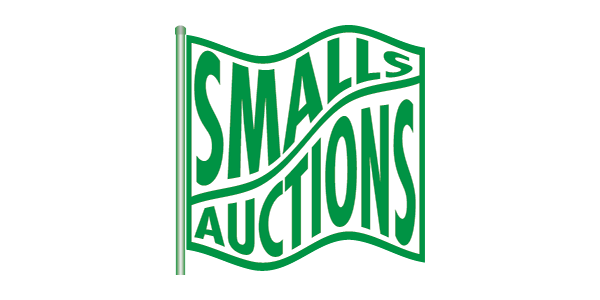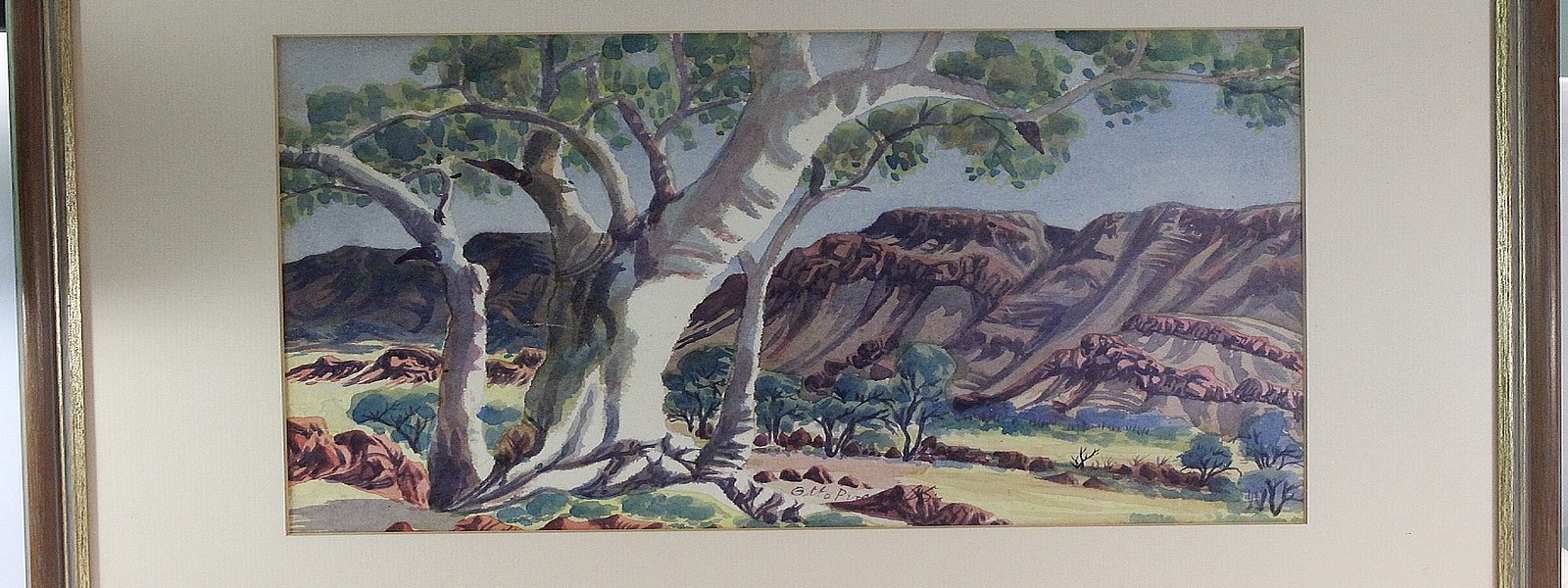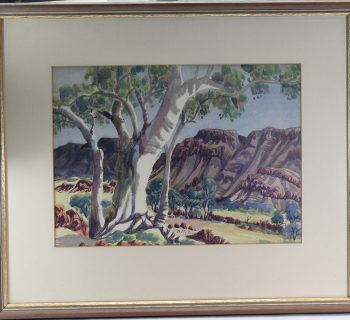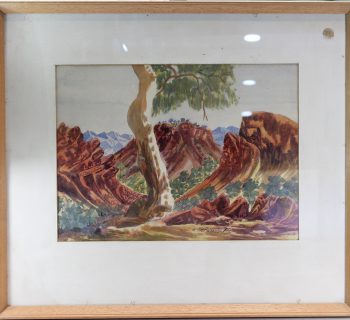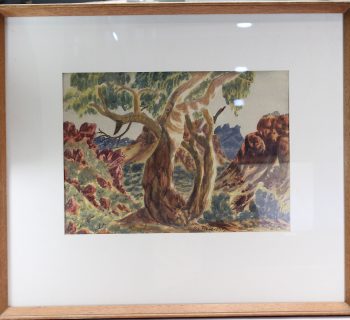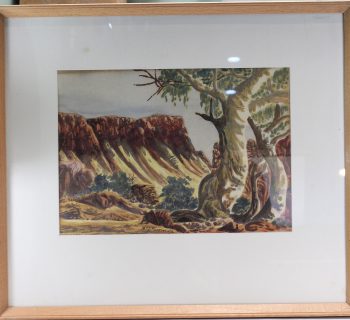Art that is Worth a Second Look
Otto Pareroultja was one of the most important artists to emerge from the Lutheran Hermannsburg Mission in Central Australia. Unlike his contemporary the 'realist' painter Albert Namatjira, his style was more impressionistic to a western eye which is probably why he was not so commercially successful in the conservative Australia of the 1950s and 60s.
Namatjira was the ‘clever’ Aboriginal who appealed to western tastes by mimicking ‘realist’ landscape artists like Hans Heysen. But, when Pareroultja painted the same subject matter his Aboriginality shone through making his works less palatable to the mainstream Australian market. Which Australian child of the 1960s did not have a token print of an acceptable Namatjira landscape on their classroom wall alongside the ubiquitous portrait of the Queen? Not so a Pareroultja.
The connection to the land is an oft-expressed sentiment of Australia's native population and the inspired brushstrokes of Pareroultja which were broad and imprecise subconsciously captured a metaphysical element that blurred the line between the ‘spiritual’ and the ‘physical’ being of the landscape. In this regard Pareroultja was certainly an ‘impressionist’ but it is highly unlikely that he was aware of this European artistic movement and so his unique take on the Australian landscape must have been purely instinctive.
All art is derivative, if only from the subject matter on which it is based, and while Pareroultja's paintings certainly draw on a strong Western landscape tradition he was still able to remain true to himself in spirit producing tangential representations of the Australian landscape that deservedly place him as a pioneer of Australian Aboriginal Art. His friend Richard Moketarinja drew similar inspiration from the landscape and so it seems that at least the two of them talked amongst themselves about the method of their art.
The works in our sale were assembled in 1949 by a prescient collector Gene van Grecken.
In his own words:
"I was discharged from the Australian Military Forces in January 1947, and to expand my Aboriginal Art Effects Collection, embarked on an around Australia motor trip in a buying spree in February 1948. I purchased all the watercolour paintings listed in the catalogue in 1949 direct from the artists including Albert Namatjira who told me that the much older Otto Pareroultja was his teacher. (This may have been a playful joke as Namatjira was 10 years older) I bought one Namatjira and 14 Otto's and 4 of Otto's son Edwin. Of all the 12 Aborigine artists, Otto Pareroultja's paintings impressed me the most. I told him his bold wide strong brush technique reminded me of Vincent van Gogh's brushwork, of course he did not know who I was talking about, so I kept four of Otto's paintings and one of Richard Moketarinja who appeared to be copying Otto. In the early 1950s Sam Hordern advised me he was redecorating a whole floor of his department store ANTHONY HORDERN'S for the precise use of exhibiting Aborigine Art and invited me to use the gallery, he named THE ARANDA ROOM to sell my collection of 105 paintings. Sadly, Sir Samuel Hordern died in June 1956 and when the Aranda Room was finally completed in June 1957 the pre-arranged exhibition went ahead. All the paintings except the few I kept were sold within 5 days of the grand opening."
It seems a shame that the works of Pareroulltja and Moketarinja have fallen so heavily from grace in the last few decades, and it seems an affirmation that it is the fate of most artists to have their works recede into that ever growing back catalogue of ‘Art,’ unless they are so fortunate to have someone refocusing the public eye on their works through retrospective exhibitions.
Pareroulltja and Moketarinja both deserve more than what a fellow artist described as their fifteen minutes of fame, and so in in our current sale we are offering a small selection of ground-breaking early works from these two inspirational artists that we believe should now appeal to the sophisticated modern eye.
